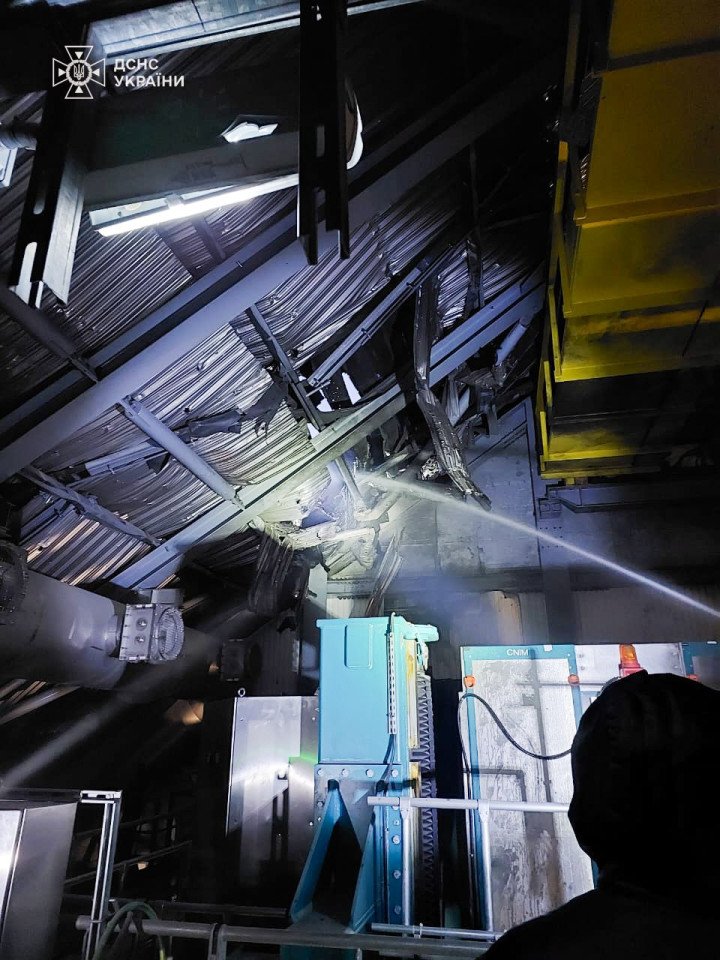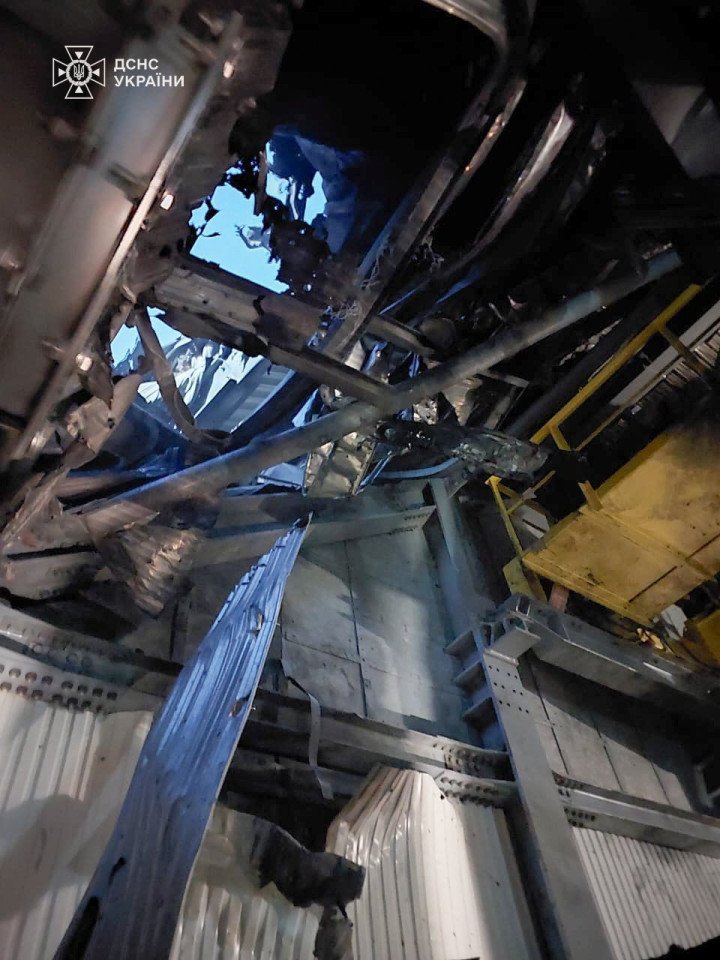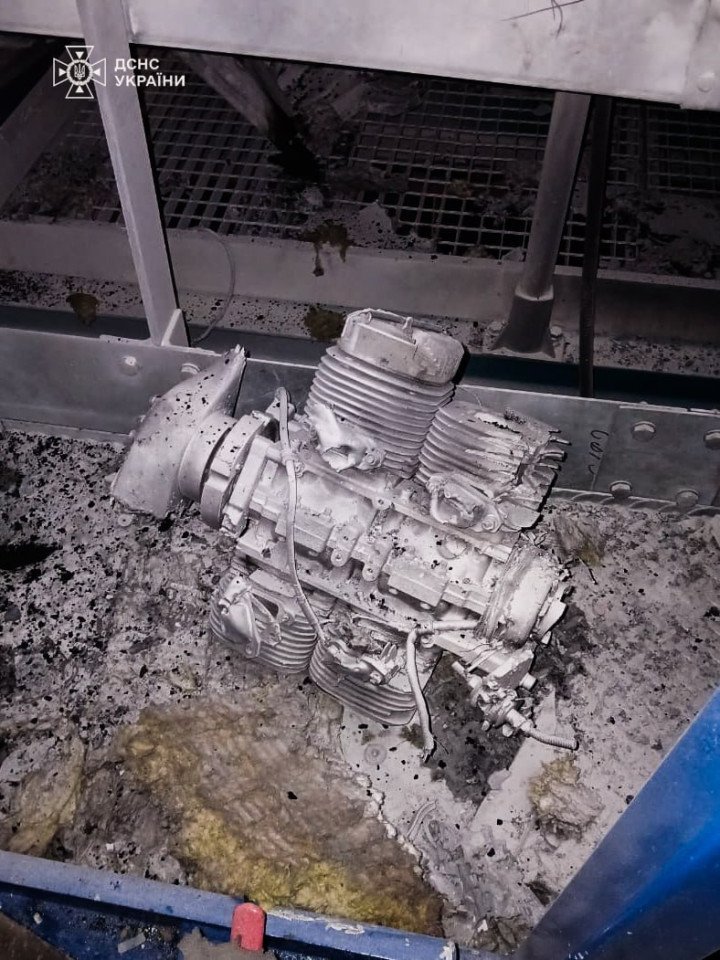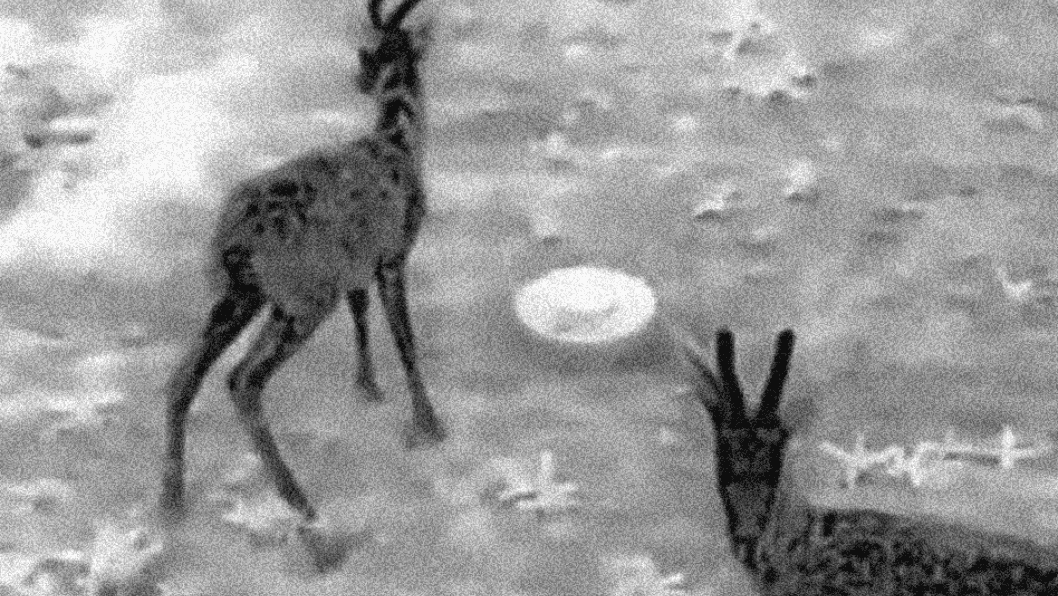- Category
- Latest news
Russian Drone With a High-Explosive Warhead Hits Chornobyl’s Nuclear Reactor Shield

A Russian drone strike hit a nuclear shelter above reactor 4 of the Chornobyl Nuclear Power Plant, Ukrainian President Volodymyr Zelenskyy reported on February 14.
“A Russian attack drone with an explosive warhead struck the shelter that protects the world from the radiation of the destroyed fourth reactor of the Chornobyl nuclear power plant last night,” Zelenskyy said.

“Ukraine built this shelter together with Europe, the US, and other nations that truly value global security. The only country in the world that would attack such a site, occupy nuclear plants, and wage war with no regard for consequences, is today’s Russia. This is a terrorist threat to the entire world.”
According to preliminary assessments, the drone strike caused significant damage to the shelter, though radiation levels have remained stable and are being closely monitored.
A fire broke out at the site following the explosion but was quickly extinguished.
The International Atomic Energy Agency (IAEA) confirmed that its team at Chornobyl heard an explosion at around 01:50 on the night of February 13-14, originating from the New Safe Confinement (NSC)—the massive steel structure that seals off the ruins of reactor 4.
“The incident at Chornobyl, combined with the recent spike in military activity around the Zaporizhzhia Nuclear Power Plant, underscores the persistent risks to nuclear safety,” said IAEA Director General Rafael Grossi.

“There is no room for complacency, and the IAEA remains on high alert.”
Zelenskyy warned that Russia’s ongoing attacks prove that Putin is not preparing for negotiations—but for further escalation.
“Every night, Russia carries out strikes against Ukrainian infrastructure and cities. It is expanding its army and doubling down on its inhumane rhetoric.

This means Putin is not getting ready for peace talks—he is preparing to deceive the world once again. That’s why united global pressure is needed to hold the aggressor accountable.”
The New Safe Confinement (NSC) was engineered to contain radiation leaks from the Chornobyl nuclear power plant.
In November 2016, it took two weeks to slide the colossal steel structure into place. Standing 109 meters tall and stretching 257 meters in length, it remains the largest movable metal structure in the world. The NSC covers the deteriorating concrete sarcophagus built over Reactor 4, the site of the April 1986 explosion that released massive amounts of radiation across Europe.
Earlier, Russian Major General Alexei Rtyshchev, Deputy Head of the Russian Army’s Radiation, Chemical, and Biological Defense Forces (RCBD) , was formally charged in absentia for his role in the looting of the Chornobyl Nuclear Power Plant.





-111f0e5095e02c02446ffed57bfb0ab1.jpeg)

